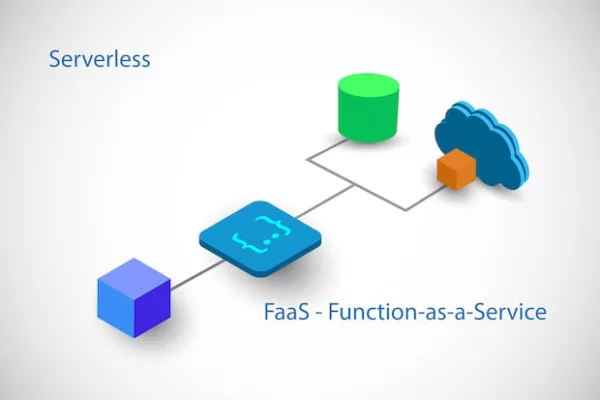
Azure Virtual Network (VNet) fundamentals
Welcome to the world of Azure Virtual Network (VNet)! If you’re looking to create a secure and private network in the cloud, then you’ve come to the right place. In this blog post, we’ll dive into the fundamentals of Azure VNet and explore how it can revolutionize your networking experience. But wait, what exactly is…









